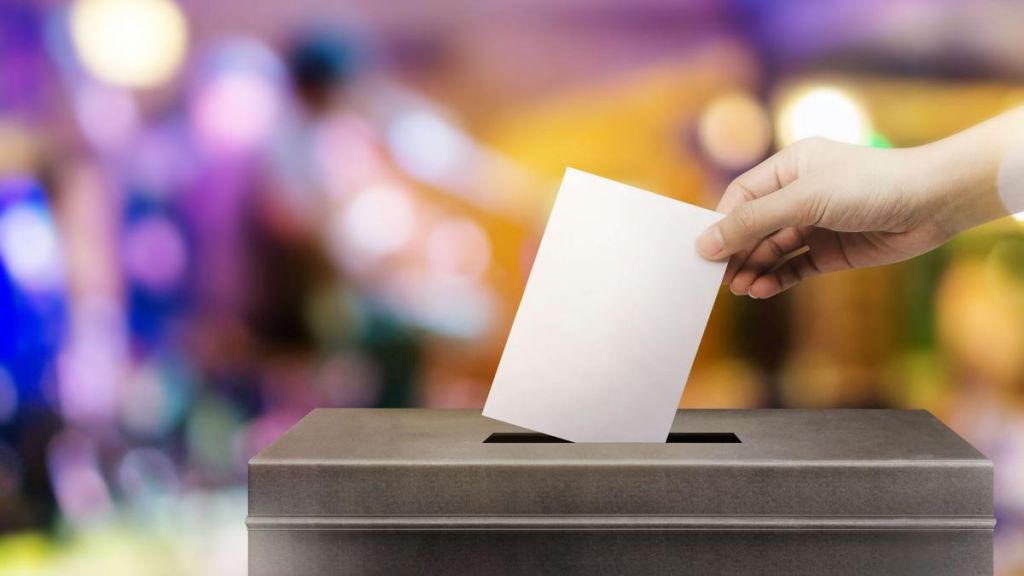
The onus to return to the pre-1967 one-nation, one-poll scenario ought not to lie with the ruling dispensation alone. The Opposition parties too should be taken on board in the larger interest of the polity. Without doubt, there are clear benefits that will inevitably flow from ending the menace of constant elections in some or other part of the country. There is no denying that in a country as large and diverse as ours, full play ought to be allowed to various socio-political forces that spring from the deepening of the democratic process. But it in no way does it militate against the salutary idea of simultaneous polls. From Independence till the 1967 general elections, the dominance of the Congress party was complete. It automatically led to simultaneous polls. However, since that watershed election, the non-Congress parties have increasingly gained ground both at the Centre and in the states. The Congress party now finds itself on the ropes, with its current leadership groping for ways to rediscover the old winning ways. The resulting vacuum is by the rise of regional parties in several states while the BJP has come to rule the roost at the national level. Led by Prime Minister Narendra Modi the party formed the government at the centre for the third successive term earlier in the year, this time with the help of its pre-poll allies. On Tuesday, on the completion of 100 days in office, the government committed to implement its election promise of one-country, one poll.
It is common sense that the dissonance in the electoral calendar ought not be such that it disrupts the process of governance at short intervals, thus diverting the attention of policy makers towards pandering populist sentiments. One-nation, one-poll will help cut down the expenditure incurred in holding multiple elections in the normal five-year cycle of the Lok Sabha. Making the life of the national and provincial legislatures co-terminus will also help concentrate politicians’ minds on delivering on electoral promises rather than taking recourse to shortcuts through costly freebies. Expectedly, the Ram Nath Kovind panel, which was constituted last year, has cited all the above reasons for holding simultaneous elections. The cabinet at its meeting on Tuesday accepted the Kovind panel report in toto. Home Minister Amit Shah expressed confidence that the country will return to the one-poll cycle beginning with the 2029 Lok Sabha. Though it may not be easy, and may require the cooperation of Opposition parties, on balance it seems feasible. Despite the BJP lacking a simple majority on its own, it is assured of the support of its allies such as the Telugu Desam Party and the JD (U). At least half of the state legislatures need to ratify the constitutional amendment passed by Parliament before the decision to hold simultaneous polls can come into effect. Mustering the support of at least 50% of the state Assemblies too may not prove an uphill task, especially given that the idea of simultaneous polls appeals to most people. It is important to remember that the promise of one-nation, one-poll was made by the ruling party in its manifesto in the Lok Sabha poll. Its allies too were in agreement. However, implementing the proposal will cause some unavoidable disruption of its own. Simultaneous polls will require that the terms of a few state Assemblies be curtailed in order to synchronise these with the deadline of the proposed roll-out along with the 2029 Lok Sabha poll. While the terms of some other state Assemblies could be extended by a year or so with the same objective in view. For instance, the life of Assemblies elected in 2023, including those in Karnataka, Telangana, Madhya Pradesh, Rajasthan, etc, which in normal course are due for re-election in 2028, may be extended for one year in order to hold the next election in those states along with the general election in 2029. Likewise, some states where Assembly elections are to be held a year or two later might find their terms shortened for implementing the simultaneous poll decision. The one-time disruption in the electoral cycle may be worth the trouble given the gains flowing from uninterrupted governance besides considerable savings in poll-related expenses.
Meanwhile, ahead of the implementation of the simultaneous polls in 2029 two other vital inputs might be available to the policy-makers. One concerns the resumption of the long-overdue decadal census. The Home Minister has said that the initial work to start the process has already begun. It is a stupendous task enumerating the country of over 140 crore people. Counting heads in any meaningful manner will entail millions of surveyors approaching every nook and cranny in the country to collect information about the number of members in each family, their age, incomes, education, etc. Whether the noises being made for a caste census would find resonance in the final decision about the census is not clear yet, but it will be a missed opportunity if a caste census were to be held separately from the general population census. Notably, no caste survey was held since the first and only one along with the 1931 general census. Also, the second feature set to be a vital part of the 2029 simultaneous polls, assuming the proposal by then has had requisite approval of central and state legislatures, concerns the reservation of one-third of seats in Parliament and state Assemblies. Indeed, the roll-out of reservations for women in central and state legislatures will be a major step forward for women’s emancipation and gender equality than even the benefits flowing from simultaneous nation-wide polls.